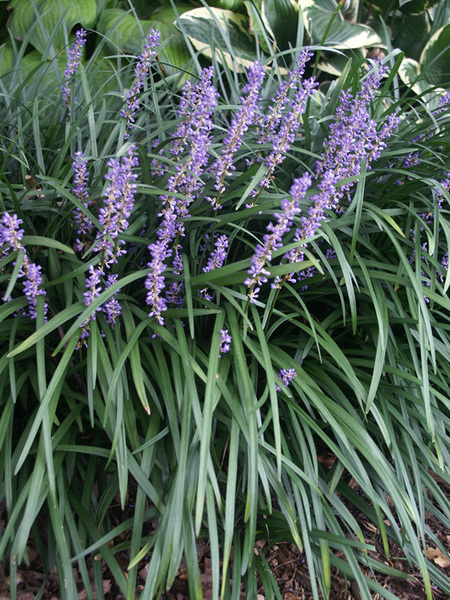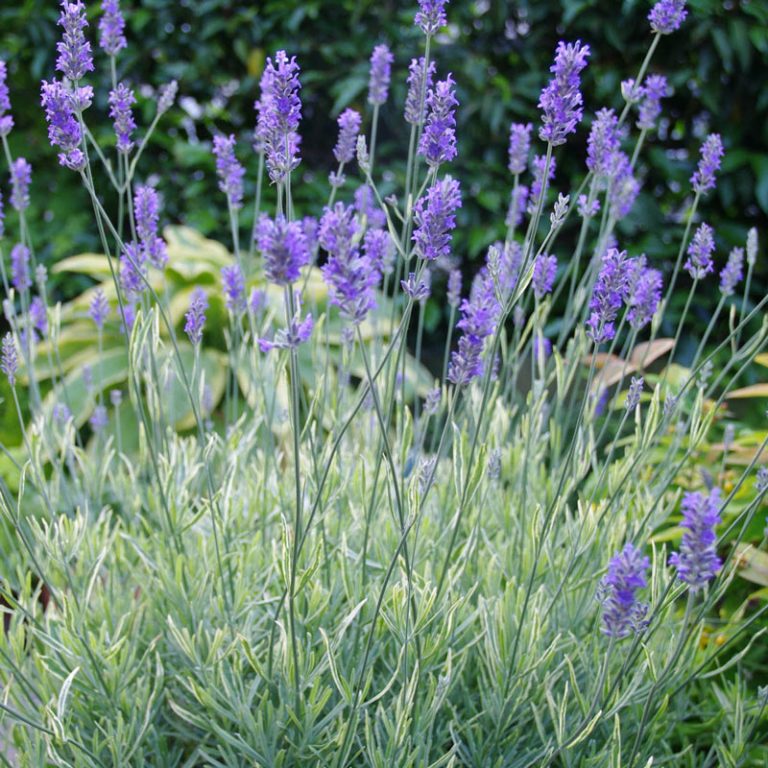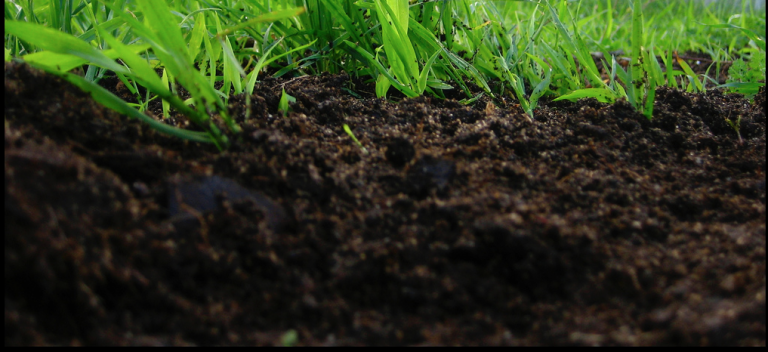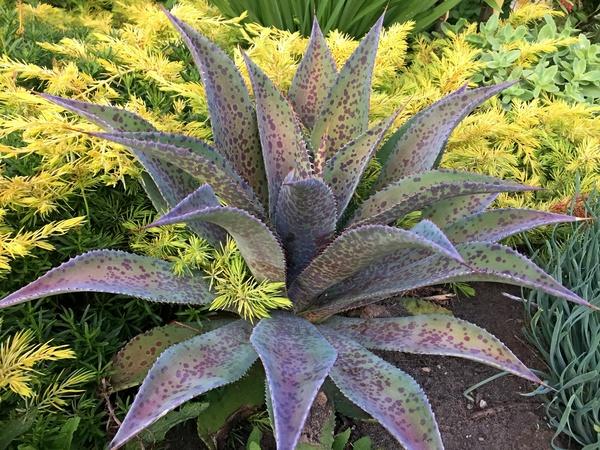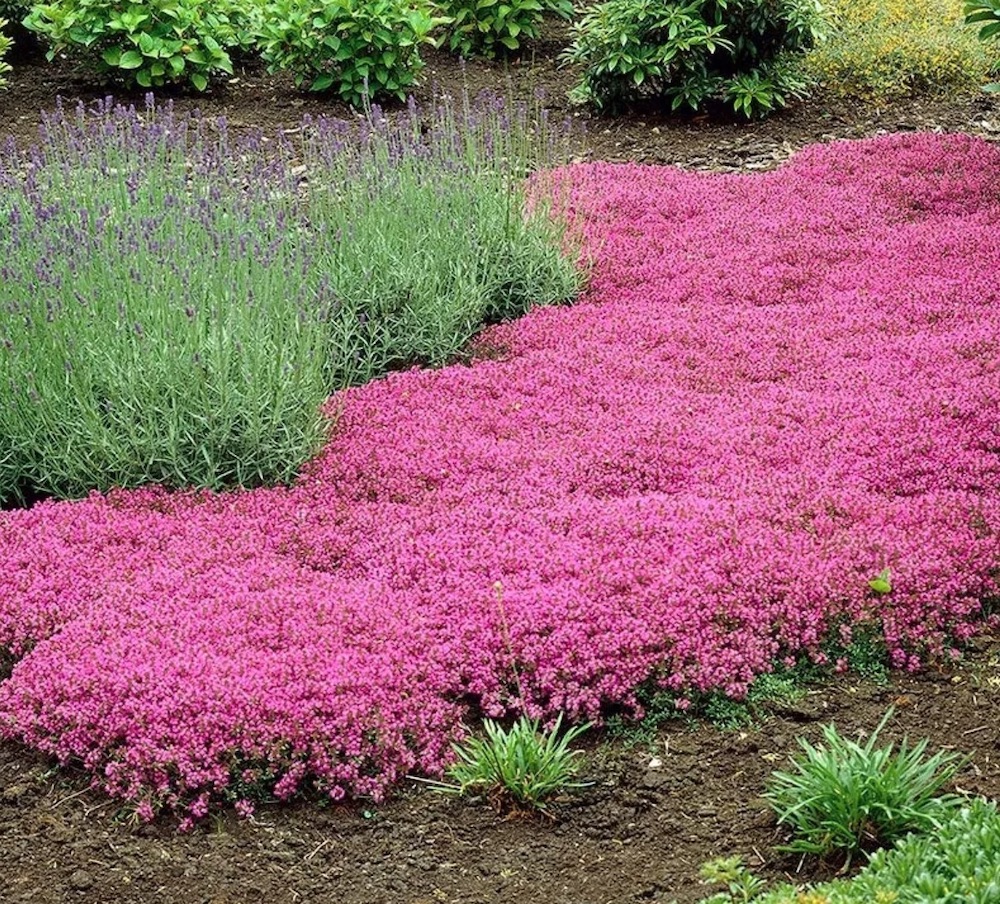How to Plant a Tree: What to Consider When Selecting a Site
If you’ve recently purchased a home and have decided to update your landscape do not hesitate to do it yourself. For example, how do you plant a tree? Actually, it is quite easy and requires a little amount of effort on your part since you most likely will not be planting an extremely large tree. When planting a new tree there are several factors you may consider. Factors that determine the level of tree transplant success. You will want to minimize the amount of shock or stress the tree may endure during the planting or transplant process. Planning accordingly will ensure your tree adjusts to its new environment with minimal disruption and ultimately thrives in your yard. Planning ahead ensures the investment in your tree adds years of beauty, enjoyment and pleasure to your landscape.
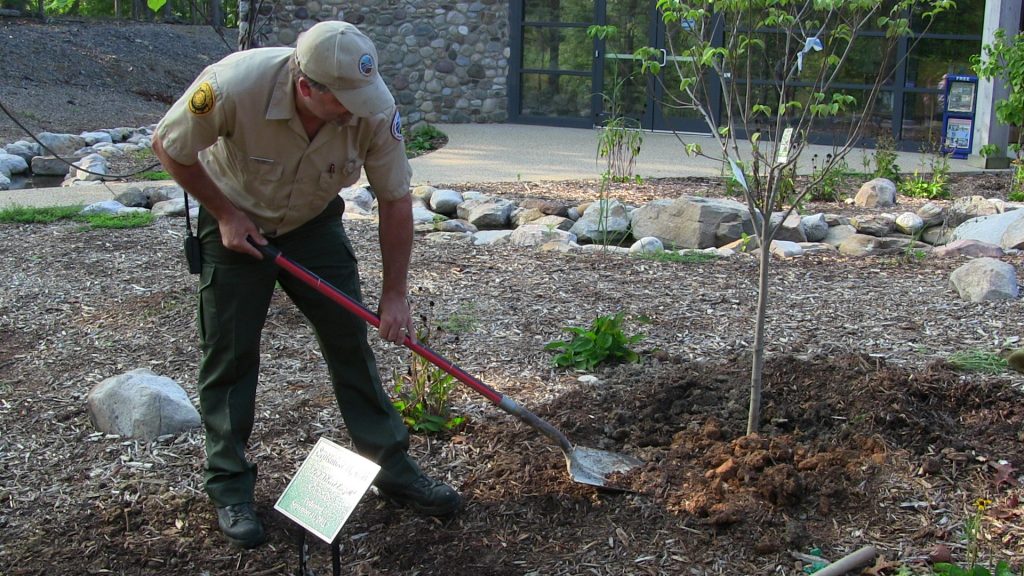
When is the best time of year to plant a tree? The best time of year to plant any tree is Fall or Spring if the tree is already in the ground but being relocated to another area in your yard or from another location. If the tree is in a container or burlap wrapped then the tree can be planted anytime during the Spring, Summer, or Fall seasons. After planting the tree, be sure to water the tree at least twice a week the first full year unless of course it rains.
Selecting the Right Type of Tree
Does the new tree require full sun, full shade or part sun/part shade? Some trees require full shade as well as protection from the wind. For example, some Japanese Maples may have trouble adjusting to intense sun and heat. Be sure to read the tree’s planting instructions label before deciding on a particular tree unless you are certain that it is appropriate for the geographical area you are planting the tree in.
Selecting the Right Spot for Your Tree
If your new tree requires shade at all time, then your tree at maturity must be shorter than the surrounding trees. Consider planting your tree requiring full shade under a larger mature tree or a group of mature trees.
Does your tree prefer acidic soil or alkaline (basic) soil? A new tree that needs acidic soil may struggle to adjust and go into shock after transplant. It is important to know and understand what type of soil conditions your new tree prefers and thrives in. For example, Dogwood and LimeLight Hydrangeas are acid loving that thrive best when planted in acidic soil conditions.
Will your new tree at maturity have ample space in the landscape and not be crowded by the surrounding existing trees or other structures? Be sure to allow plenty of room for tree growth, especially when planting near your home.
Does your new tree fit in with the existing landscape? Does your new tree blend in with the surrounding landscape? Does it offer variety and interest to the existing landscape?
Be sure to check with your local town or city officials if you selected a spot near the street or next to your property line. There might be local ordinances that prohibit use of land near the street that could potentially obstruct a driver’s view or pedestrians walking by. There may also be local ordinances that prevent you from planting on your property line. The ordinances vary from town to town so check with your town or city officials.
Some examples of town ordinances are: (1) a town ordinance may not allow any structure such as fencing or plantings within 15 feet from the front curb. (2) a town ordinance may allow a fence installation on your property line if it is no taller than six feet but again cannot be within 15 feet from the front curb. (3) a town ordinance may allow an eight foot tall fence but a permit must be submitted to the town zoning board for review and approval. Typically, a permit is submitted with a permit fee.
As you can see, it never hurts to contact your local town or city zoning officials concerning any tree planting questions you may have when selecting the right spot to plant your new tree. It is best to know what restrictions if any, there are prior to planting your tree. Once you’ve selected the type of tree to plant and the location of the tree site, you can refer to my 8 Easy Steps to Planting a Tree – Step by Step Instructions for Planting a Tree post.

